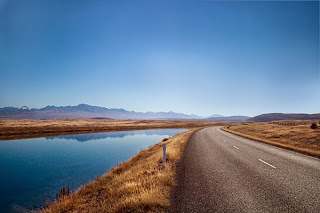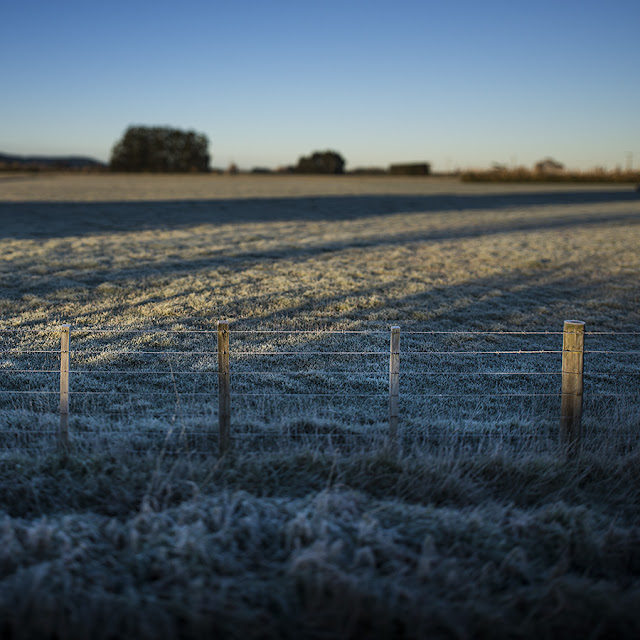Here is another article from my old site "Shadowland". Fred Endsley CHANGING THE COLOR OF BLUEPRINTS "Probably the most significant problem in the use of the blueprint, though, is a psychological rather than a chemical one. We find that we are working against a cultural or conventional color bias: the blueprint is simply too blue. Reasonably neutral black seems to be an ideal, but another 'photographic color', Such as brown, would apparently be more acceptable than blue." - Reginald Heron, Blueprint Into Blackprint Afterimage, Dec. 1973, Volume 1, Number 3 Although the blue blueprint is the most stable and highly tonal form, there is still a groundswell away from its graphic blueness, especially among those intent upon using high-contrast, low-detail yielding transparencies. For those who find the blue distasteful, and for experimentalists, here are several processes for changing the blue into another, more "pleasing" colo










